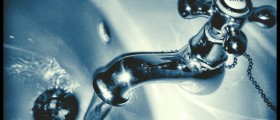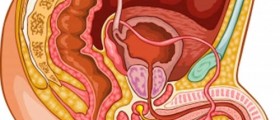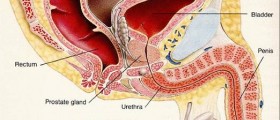
Urinary incontinence and methods of treatment
Urinary incontinence is a rather embarrassing and uncomfortable problem that people who have lost the control over their bladder have to deal with. The problem may be temporary or persistent, and the causes depend on this. For example, alcohol, caffeine, dehydration, certain medications, or irritation of the bladder are some of the most common causes of temporary urinary incontinence, while the culprits for the persistent type of it may be pregnancy, hysterectomy, various neurological disorders, or conditions related to bladder and prostate. Since urinary incontinence indicates some underlying condition in the majority of the cases, it is highly recommended to overcome the feeling of embarrassment and visit the doctor as soon as possible. This way, the condition can be treated in time, and possible complications can be prevented and avoided.
Several different methods of the treatment are available, but the fact is that this is something that depends on the type and severity of the problem, as well as on the underlying cause. Most of the cases are successfully treated with particular behavioral techniques, changes of lifestyle and habits, and they do not require other methods. On the other side physical therapy and medications such as topical estrogen, certain tricyclic antidepressants and those that can calm an overactive bladder do the work.
Surgical treatment for urinary incontinence
Surgery is suggested only if other methods have been tried out and they showed no improvement. The procedures that may be suggested to the patient are artificial urinary sphincter, sling procedure, and bladder neck suspension, but it also depends on the case.
Artificial urinary sphincter is the procedure that is suggested to men mostly, particularly those who have problems with prostate gland so their urinary sphincters are weakened. This device is actually something like a ring filled with water and it needs to be implanted around the neck of the bladder. It keeps the urinary sphincter tightly shut until urination, when the person presses a valve that has to be implanted under the skin and the ring allows the urine to flow from the bladder.Sling procedure requires the creation of a pelvic sling around the bladder neck and urethra, and this sling can be made of the body’s tissue, or of some synthetic material. It has the purpose to keep the bladder closed, and there are many types of the sling.Bladder neck suspension requires an abdominal incision, and the purpose of the procedure is to provide the necessary support to bladder neck and urethra. Stitches have to be placed near the bladder neck and they have to be secured to a ligament near the pubic bone. Other surgery procedures that may be suggested are bladder augmentation or the procedure that requires the implantation of the nerve-stimulation device that will prevent the messages that the bladder sends to the brain when there is a need to urinate.
















Your thoughts on this
Loading...